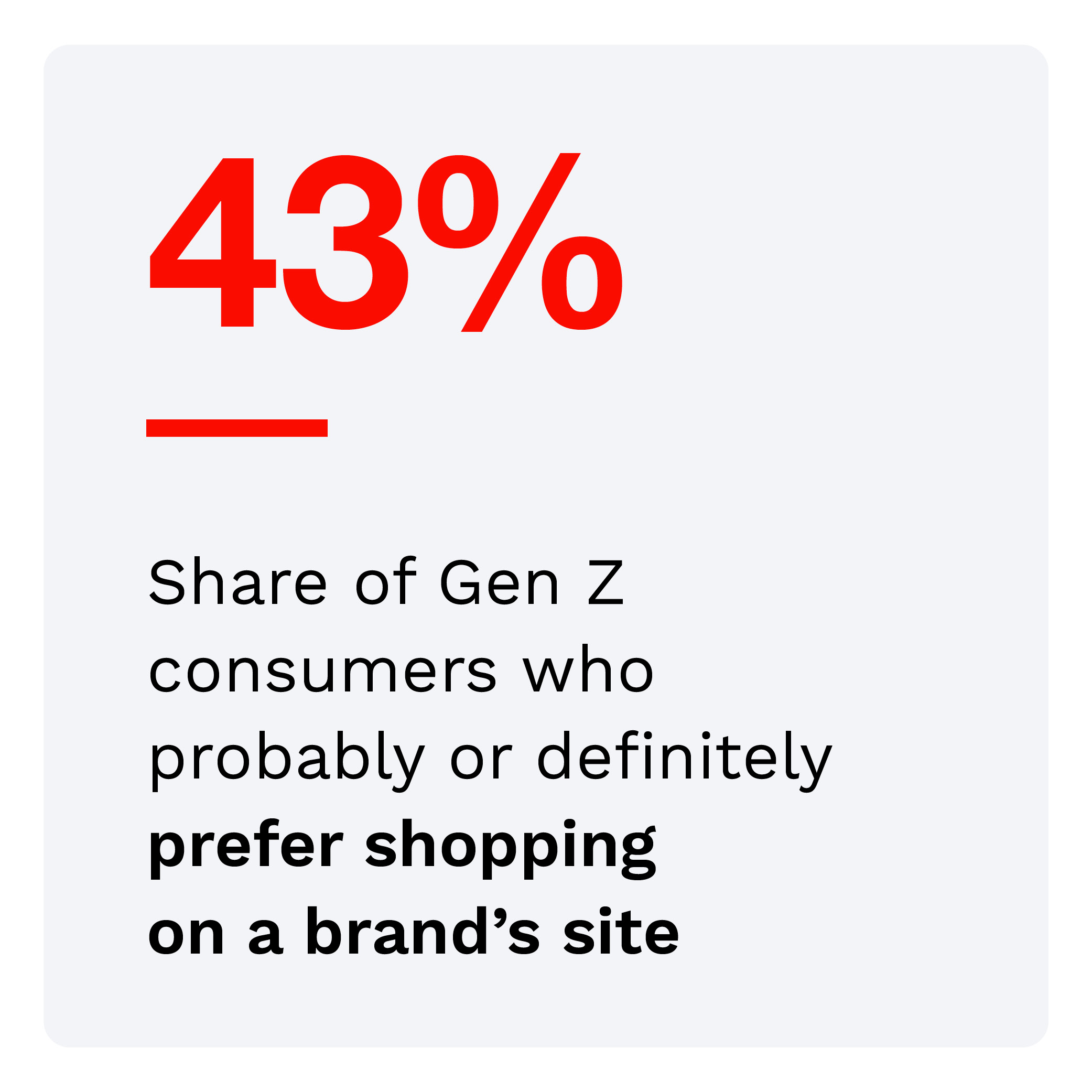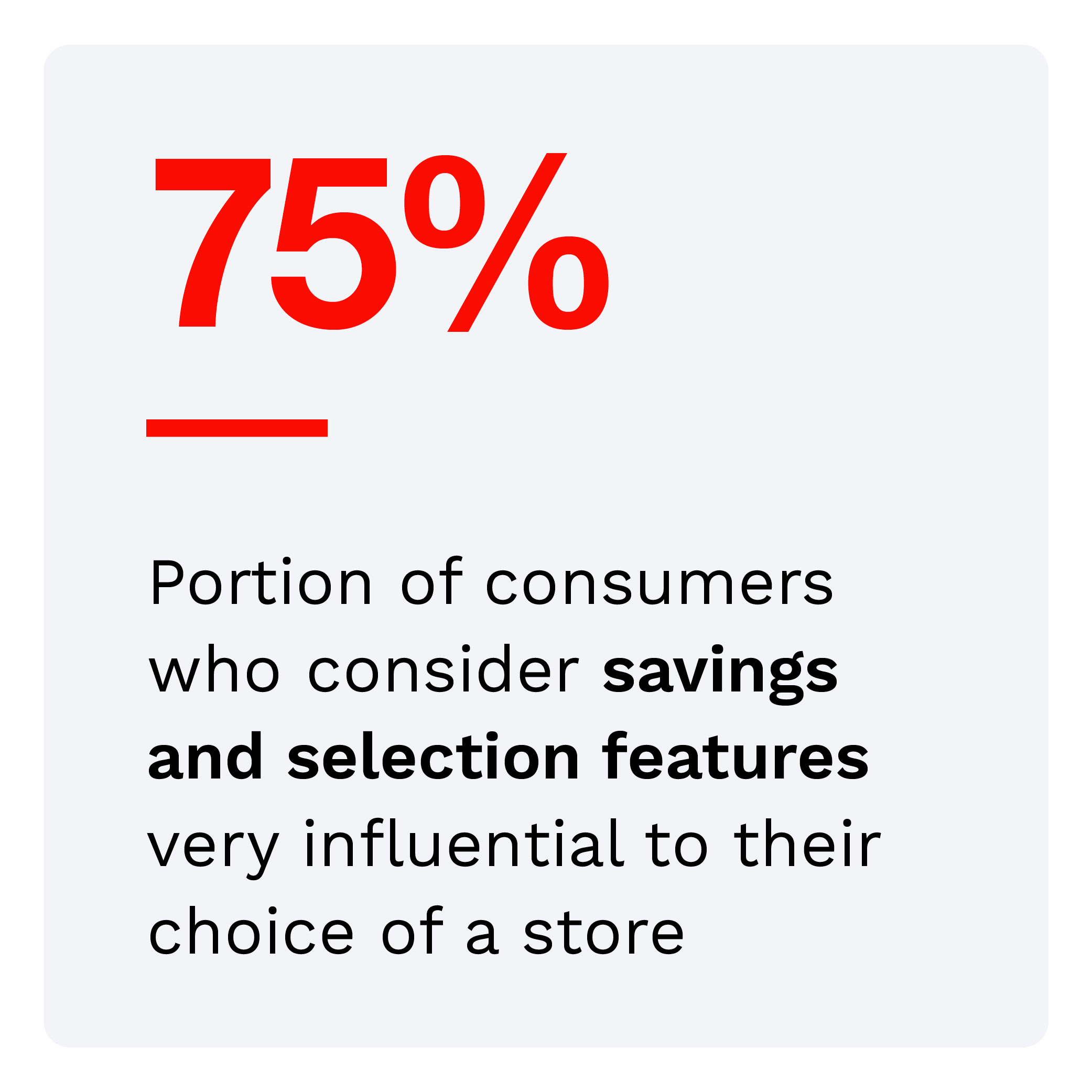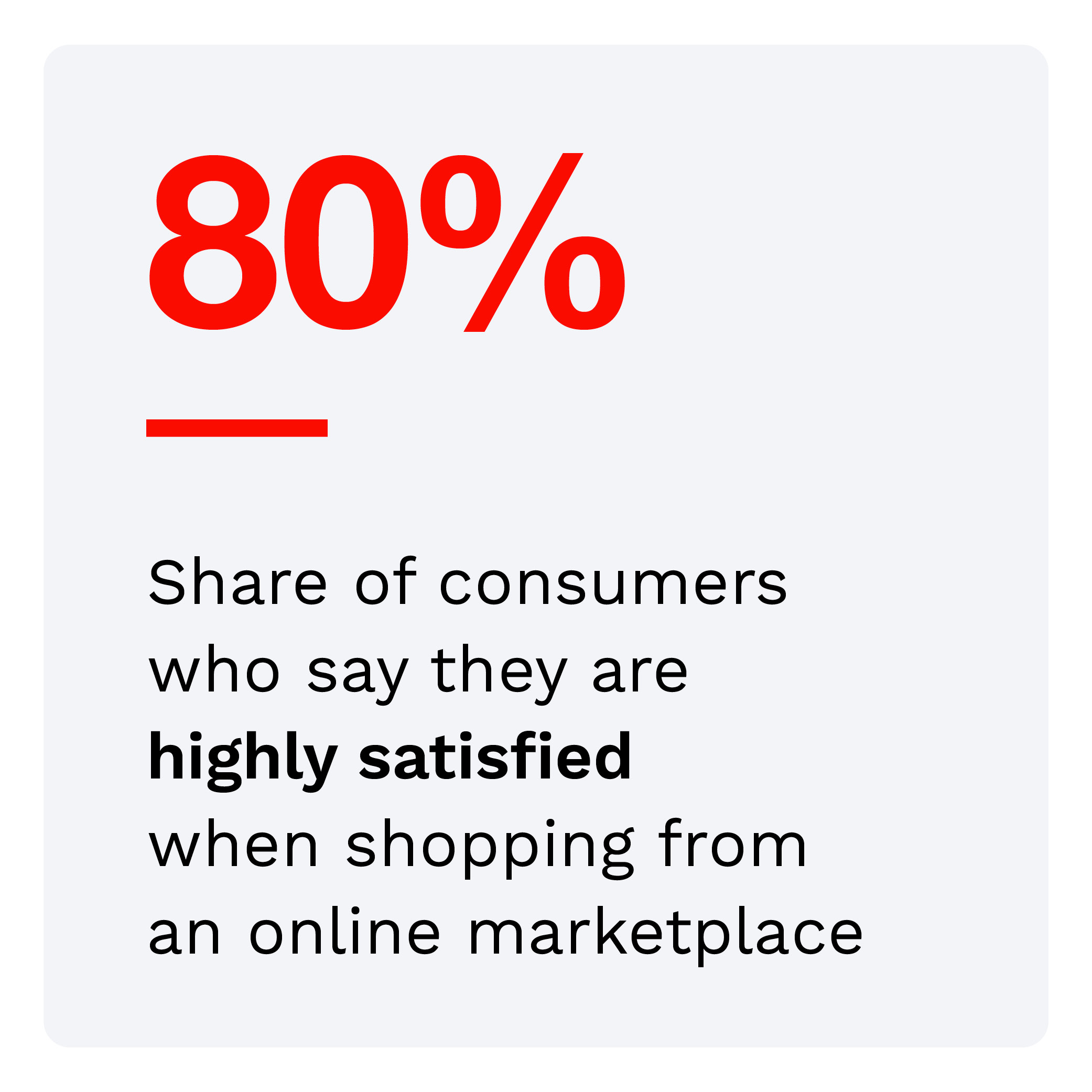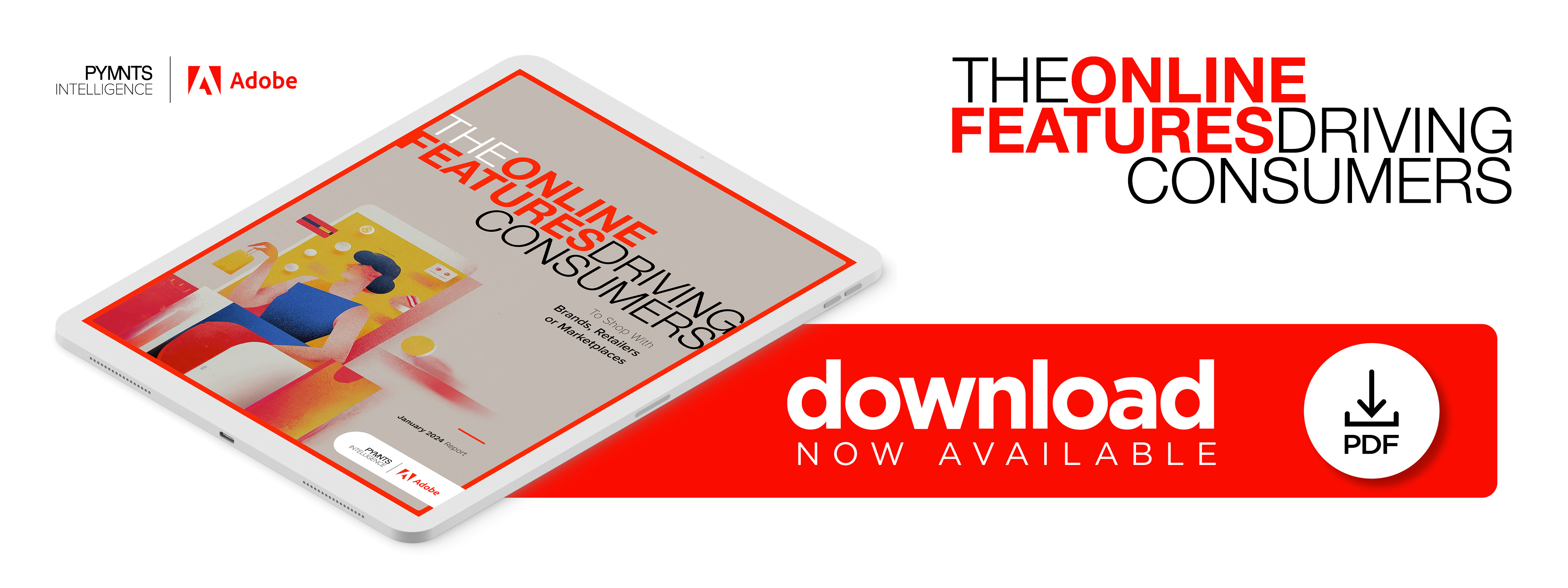Gen Z Preference for Shopping Brands’ Sites Presents a $72B Opportunity
For consumers shopping online, selecting an item to buy is not the end of their decision-making. Brands’ sites, retailers’ sites and online marketplaces are each fighting desperately to become consumers’ preferred shopping channel. Although retailer sites and online marketplaces tend to show higher levels of customer satisfaction, brand sites win with Generation Z. Forty-three percent say they probably or definitely prefer shopping on a brand’s site — a rate 53% higher than the average consumer.
Several factors drive consumer preference for one online channel over another. Trust plays a role, as does price. Complicating matters is that consumers who prefer one channel over others also tend to value various aspects of shopping sites.
These are some of the findings explored in “The Features Deciding the Battle Between Brands, Retailers and Marketplaces,” a PYMNTS Intelligence and Adobe collaboration. This report is based on a survey of 3,521 U.S. consumers conducted between Oct. 10 and Oct. 17, 2023. The survey explored their actions, choices and behaviors when shopping online.
Other key findings from the report include:
Online marketplaces and brand websites stand out because of feature offerings.
Forty-eight percent of consumers agree that online marketplaces fare better than retail and brand sites for online features. Sixty percent say they favor online marketplaces because they offer features they value, such as fast delivery and free shipping. While consumers see brands’ sites underperforming in some areas, roughly one-third of consumers say brand websites are equal to marketplaces concerning trust in the store, good customer service and availability of live/human assistance.
More shoppers express satisfaction with online marketplaces and retailers.
 Consumers’ level of satisfaction with online purchases varies based on the channel used and items purchased. The biggest differences were in clothing and accessories, with 81% of consumers reporting high levels of satisfaction when purchasing from an online marketplace. Seventy percent of consumers said the same about purchasing via a brand’s website — suggesting that some brands may be missing the mark when it comes to accurately reporting details of their clothing options or other shopping features.
Consumers’ level of satisfaction with online purchases varies based on the channel used and items purchased. The biggest differences were in clothing and accessories, with 81% of consumers reporting high levels of satisfaction when purchasing from an online marketplace. Seventy percent of consumers said the same about purchasing via a brand’s website — suggesting that some brands may be missing the mark when it comes to accurately reporting details of their clothing options or other shopping features.
Enhancing the shopping features consumers want is key for brands.
What features move the needle most for consumers varies based on the channel they use, but some trends are clear. The most influential factors in consumer choice — and those likely to affect online shopping — relate to price savings, selection features and seamless, hassle-free purchasing experiences. Overall, 75% of consumers report that features related to savings and selection are the most influential.
The key to winning over online shoppers is understanding consumer priorities and implementing strategic enhancements meeting or exceeding their expectations. Download the report to learn more about the factors driving consumers’ online shopping preferences.
